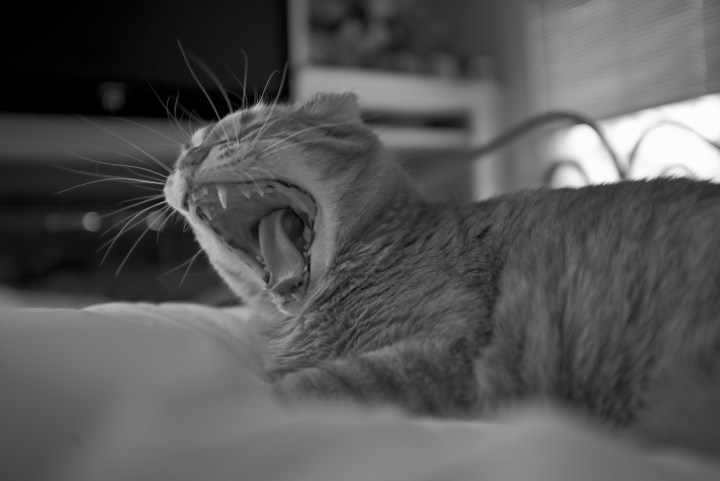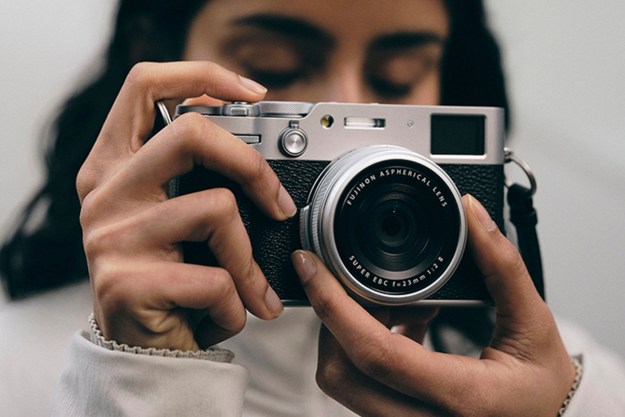
Maxmax, a company offering converted cameras for shooting in infrared and different light sources, recently announced two “new” products — a Fujifilm X-100S-M and Fujifilm X-Pro1-M, modified Fujifilms for shooting in black and white.
Fujifilm is known for their different film simulations, including a black and white conversion in-camera, but Maxmax says the converted cameras are comparable to the $7,450 Leica M Monochrome, though there’s still a size difference between those sensors since the Leica is full frame.
Why not just convert to black and white in-camera? The monochrome-only cameras remove a layer of the color filter array from the camera’s sensor so “all the pixels see the same light,” improving the quality over the original color sensor.
The idea that less sensor layers improve image quality isn’t a new one — several major camera manufacturers began moving the optical low pass filter a few years ago for enhanced detail, though risking the distortion in fine patterns known as moire.
The question is whether that change makes a big enough difference to pay more for a camera that can do less. For the many owners of the Leica monochrome cameras and the Maxmax customers that actually requested the conversions, that answer is yes, but the converted cameras are likely to have a more limited audience with a higher price tag.
Both cameras have also already been replaced with newer versions — the Fujifilm X-Pro2 was announced last year with an updated 24.3 megapixel sensor and the X100F, announced this year, with both a better sensor and an upgraded processor that Fujifilm says improves black and white photos. The converted Fujifilm X-Pro1-M costs $2,425 compared to the $1,700 for the updated X-Pro2; while the Fujifilm X100S-M costs $2,600 and the higher resolution X100T costs $1,300.




